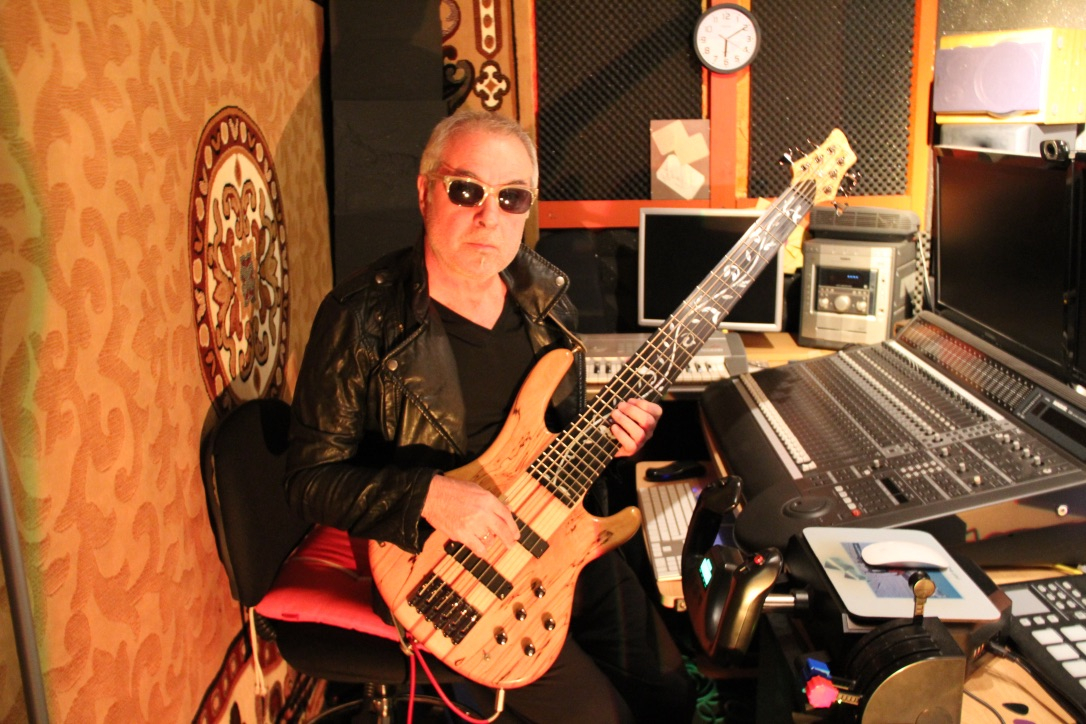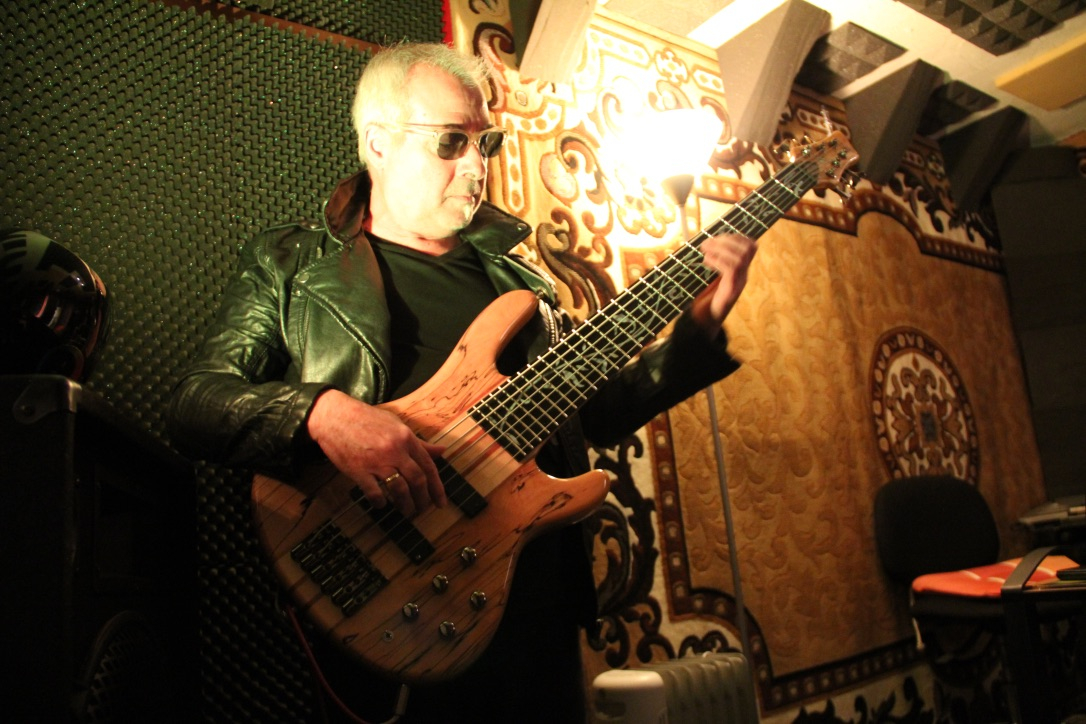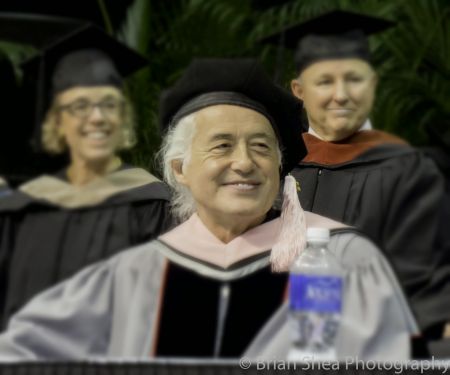Throughout the whole, majestic songbook that David Bowie has left to the world, with albums that have made a mark in music history, not many may have either understood or appreciated the importance of The Buddha Of Suburbia album, Bowie’s 19th of his personal discography.
A project intended to be as the soundtrack of the BBC TV series adaption of the book of the same name written by the South Asian and English descent writer Harif Kureishi, while promoting his due-to-be-released album Black Tie, White Noise, The Buddha Of Suburbia was conceived in a period of Bowie’s career that could be considered as transitional, to say the least, where perhaps the artist himself was not totally sure of what direction his music was going to take, in the early 90’s.
The record was released initially in UK only, as an Original Soundtrack and not considered by the media press as a proper David Bowie’s record but only as a side project. Commercially, perhaps due to the fact that the album was not released in countries like the United States before 1995, the album didn’t sell very well at all, back then but it was then, in years to come, considered, especially from a sonic perspective, as the progenitor of the style of music that Bowie would have then built and developed, in following years, in albums like 1.Outside or Earthling, just to mention a few,
There is no doubt that The Buddha Of Suburbia’s musical impact was also determined by the incredible talent of the Turkish album’s co-producer and multi-instrumentalist Erdal Kizilcay, an artist that had a long collaboration history with Bowie since the Let’s Dance era, when Kizilcay worked on a couple of demos of that album, although it was never credited, on that specific album.
Our website has been privileged to talk to Kizilcay on the year that marks the 30th anniversary of a record that, unbeknown to some, it might have been as well one of the most pivotal albums that Bowie has ever recorded in the second part of his career.
BR - Hi Erdal, thank you for accepting to talk to our website about The Buddha Of Suburbia album, which celebrates this year its 30th Anniversary since its release. What is the first, immediate memory that springs to mind to you, when working with David on the making of The Buddha Of Suburbia?
EK: 30th Anniversary? Wow, that is reminding me that I am getting old.. Well, you know, that wasn’t my first time working with Bowie, I had worked with him on Iggy Pop’s Blah Blah Blah record and Bowie’s Never Let Me Down album in 1987, therefore, by the time we started working on The Buddha Of Suburbia, our working relationship was already well established.
BR - We recall reading on the sleeve notes of the latest Bowie's Brilliant Adventure boxset, a boxset that illustrated Bowie’s amazing body of work in the 90's, that The Buddha Of Suburbia didn't have a hugely rich budget, to start with. Did David give you any particular instruction or guidance on how he wanted the record to sound like, Erdal?
EK: I remember that, at the time the BBC TV series soundtrack proposal came about, I was touring with Jacques Dutronc (French singer/songwriter) and when Bowie contacted me, he told me that there was no budget at all, on this project. There was no limitations or instructions, on what I would have played, on the record. As you know, I played literally every instruments and made the arrangements, on the album, apart of few contributions from Lenny Kravitz, on the closing album version of Buddha Of Suburbia, Mike Garson on South Horizon and 3D Echo on Bleed Like Graze, Dad.
BR - The album's title-track is among the many excellent moments of a record that was considered, by many critics, as some of the best songwriting that David had done since the Let’s Dance album (where, coincidentally, you worked on too). Was there any specific reason behind David wanting to include two versions of that song (Buddha Of Suburbia), besides the contribution on guitar from Lenny Kravitz on the Rock Mix one?
EK: Well, I guess that if you knew Bowie a little, he has always loved to have Special Guests playing on his records, especially if you think to albums like Never Let Me Down, where I was involved too, with guests of honour like Peter Frampton or Mickey Rourke, for example. I am not aware of any specific reason, apart of what I just mentioned to you, but I can proudly say that a good 80% of what you can hear on The Buddha Of Suburbia album, like backing vocals, drums, bass, synth, piano, guitar, trumpet, trombone, viola, percussions, it was all my making and to these days, I still think that this has been my best project made with Bowie, throughout our working relationship.

BR – As you just reinstated, The Buddha Of Suburbia is, quintessentially, yours and David's album, apart of few appearances of Special Guests, as discussed. We remember that also the Swiss engineer David Richards was involved as engineer and programmer, on the making of the album. Did you have any saying, in having Richards involved in the project or was that solely Bowie’s decision?
EK: David Richards was already there at Mountain Studios in Montreux, a place where Richards was very much familiar with, having worked for many years with the Queen (the rock band owned Mountain Studios and Richards worked on several of Queen’s albums). I guess that, having Richards already there and having Bowie already worked with him and the Queen on a different production, it made sense, even in terms of cost-cutting for the making of the record.
BR- Were you given any input, Erdal, about what the album should have sounded like or you were granted total freedom of expression, when working on the musical context of the record?
EK: Back then, David Bowie trusted me totally, I guess because he was already aware of how I could play well a huge amount of instruments. He let me totally free, in terms of arrangements too. I always remember that he used to call me My Invincible Turk!
BR - You must have been very flattered by the fact that, among all the splendid songs Bowie has written in his remarkable career, he decided to include a slightly different version of Strangers When We Meet also in the 1.Outside album, where you worked on too.
EK: As you said, Strangers When We Meet was used not only on the 1. Outside album as well but also, many times, on stage, at the time I toured with Bowie on The Glass Spider Tour. On that song too, on The Buddha Of Suburbia album, I played every possible instrument and provided the backing vocals too. The Buddha Of Suburbia is a very special album for me and it stands out particularly for me in my overall time spent with Bowie, considering that I have worked on 6 albums with him, co-composed 22 tracks and played on 2 world tours, throughout a 13 or 14 years of working relationship together.
BR - We found South Horizon an incredibly interesting instrumental off the album, with all those changes of tempo happening throughout the tune. Was that a particularly challenging track to nail, Erdal, for you, on The Buddha Of Suburbia, not only instrumentally but in terms of arrangements too?
EK: Particularly on South Horizon, David Richards sampled my trumpet, so to create an in-and-out effect, sometimes. Mike played the Piano, but I played reverse contrabass on computer, that was my Korg. It basically means that it gets reversed on a computer. It is, effectively, my drums, but, somehow, David Richards didn’t take the cymbals on that track like he should have done, I feel.

BR - Before starting working on The Buddha Of Suburbia, have you worked previously on any other film/TV series soundtrack, Erdal? And if not, how much did you enjoy the idea of creating a sonic soundscape to complement a television screenplay?
EK: I have enjoyed very much the whole process and it wasn’t the first time for me, working on a soundtrack, I had already worked with the film industry. I had worked previously with Bowie on When The Wind Blows, from that movie’s soundtrack. David Bowie wanted me to make it sound like you would hear it in a musical, with a Rock Intro and a more Classical Outro. I think it came out well, in the end.
BR - Was there any material that was left out of The Buddha Of Suburbia sessions that never got released, Erdal?
EK: I don’t remember, but I don't think so. I just remember that one day, even Hanif Kureishi came in to studio and I think he loved seeing us working on the album. I guess that Kureishi felt the good vibes in the studio too and that is why I think that The Buddha Of Suburbia and 1. Outside are my best albums made with Bowie.
BR - David has always had high praises for you, in his lifetime, both as an extraordinary musician and a human being too. If you could paint a portrait of David, based on the time you spent together personally, what colours would you use, in your paint, to better identify the charisma and personality of such an amazing artist like David Bowie?
EK: That would request many colours, I don't think that is possible to identify Bowie's personality just through one colour only. I enjoyed working with Bowie, as I did with many more big musicians, in my career, including the wonderful experience of working with the Royal Philharmonic Orchestra, back few years ago, one of the highest points of my career. But you were asking about painting Bowie, potentially, right? Well, rather ironically, I was the one ending up being painted by David and that is a nice memory for me to hold, of the time we worked together.


